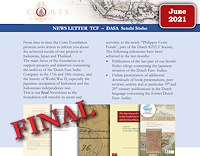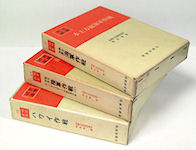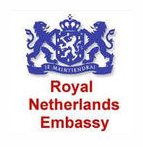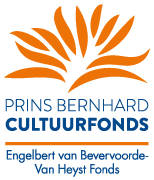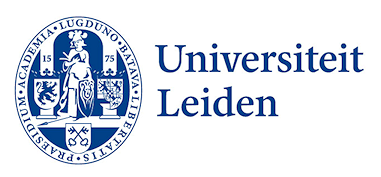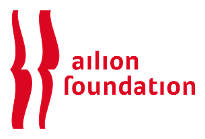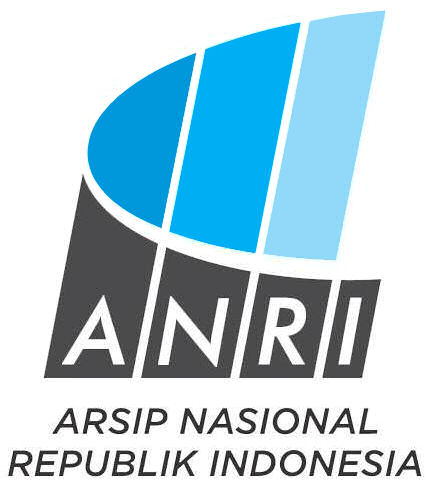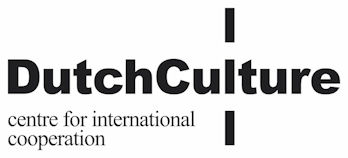Dr. V.I. van de Wall, working for the historical department, was granted his request in 1926 by his superior, the famous historian dr. P.V. van Stein Callenfell, to map the so called ‘thuynen’ (country houses and gardens ) in and around Batavia.This included measuring, drafting floor and garden plans, researching the history of the building and successive inhabitants, and last but not least making photos of (parts of) famous residences when it still was possible to discern them. Most residences were constructed after 1730. The first coffeeplants that were introduced into the Dutch Indies from Ceylon were planted at ‘Residence Struiswijk’. Javanese silk was made at the first breeding place of silkworms at ‘Residence Leenhoff’s Weergade’.
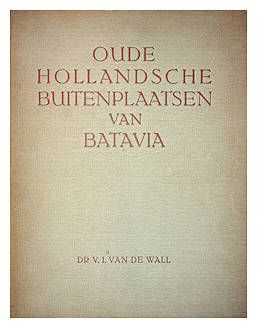
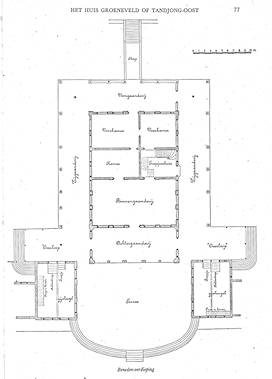
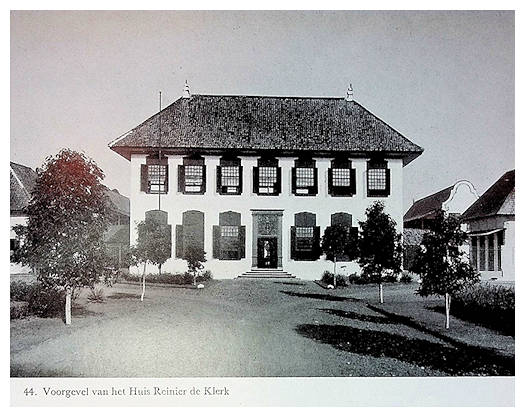
The Corts Foundation digitized this second expanded edition of ‘Oude Hollandse Buitenplaatsen van Batavia’ of 1943, and made it fully text searchable
The digital version (in Dutch) can be viewed and downloaded here:
Van de Wall (1943, 175 pages) - [Open online viewer] [PDF - 14mb]
This important publication about country houses and gardens are an indispensable supplement to our earlier publications of dr. F. De Haan: ‘Priangan’ (1910) and ‘Old Batavia’ (1922). In these publications houses and families who lived at these places were described as well. Van de Wall offers elaborate family and biographies, inheritances, and complete family trees. In rich detail the leisure time and glitter are painted, as is in a comprehensive way the complete house working staff. In 1833 ‘Residence Tjitrap” was maintained by a personal household of 320 persons, including 117 house- slaves.
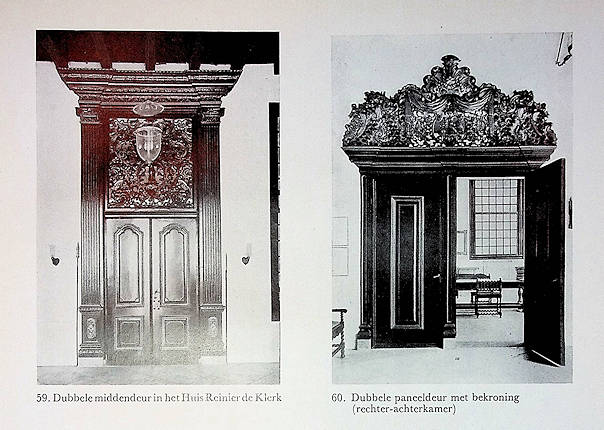
Three different building styles are to be discerned: ‘the old Dutch way’, the ‘Dutch- Indonesian way’, and finally the ‘Indonesian way’. The Dutch style resembled houses in the motherland. Dutch- Indonesian houses were peculiar, because architects used for the first time Indian building designs: a two storied house with an open Javanese lower building and on top closed Dutch building parts. Indonesian houses used as outset the Indonesian structure of the building plan.
This publication includes descriptions of ‘Residence Goenoeng Sarie’ (Sentiong), ‘Residence Groeneveld’ or ‘Residence East- Tandjong’, the later Government Archives “Residence Reinier de Klerk’, and ‘Residence Tjitrap’. An index with names of persons and common nouns is included. The planned series encompasses one volume.
See also other digitized sources in the digitheek on this website >>

 English
English  Nederlands
Nederlands 
